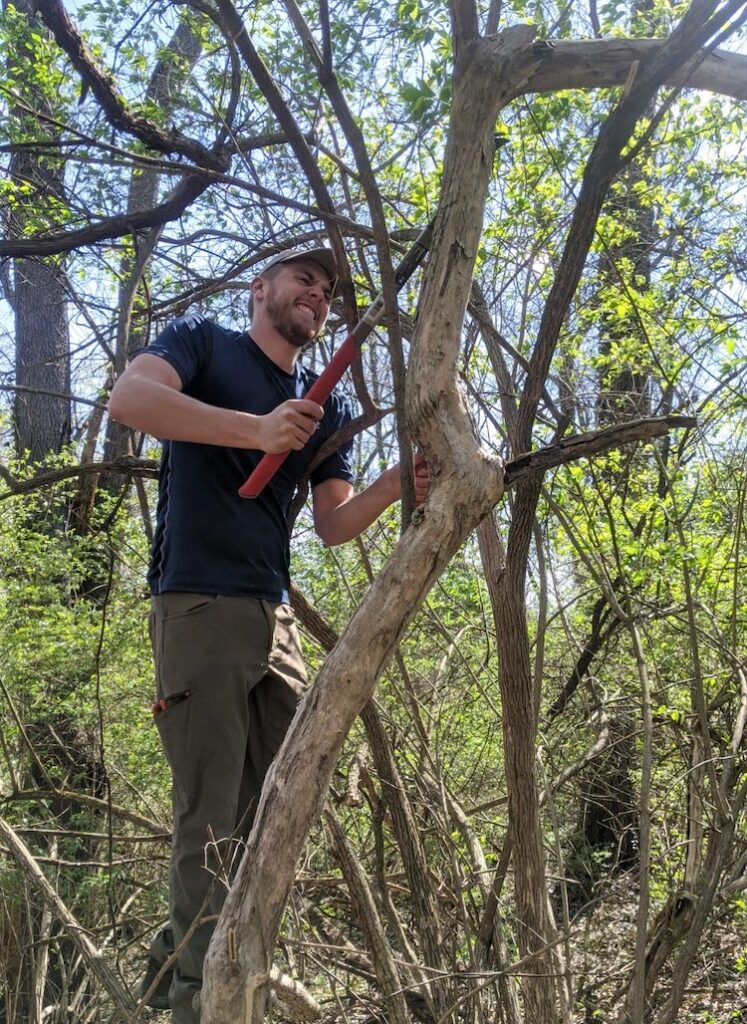In episode 2 of our Invasive Plant Series Bob, Greg and Sam discuss why invasive plants pose such a problem to our ecosystem. The plant guru dives into the intricate connections between plants and other wildlife, explaining that plants truly are the basis of all ecosystems. From there, we talk about the way our land use decisions have created the perfect conditions for invasive plants to thrive in North America.
Related Episodes: Invasive Plants Part 1, Invasive Plants, The Nature of Oaks with Doug Tallamy and Passenger Pigeon Part 1
For more information, we recommend these resources:
- Why Native Plants Matter
- Native Plants are Key to Climate Resilience
- How Much Nature Should America Keep?


We hear a lot, appropriately so, about invasive plants – the big 3 I am struggling with are honeysuckle, barberry and knotweed, that have their origins in Asia. I don’t recall hearing about species from the western hemisphere becoming invasive in the. east. Does this happen and we just don’t hear about it, or is there something inherently more robust about Asian flora? Thanks!
I have wondered the same thing! Hopefully someone reading this has an answer.
Hi AL, thanks for your comments and questions.
There are instances of our native, North American flora escaping into novel environments on other continents.
One example is Honey Locust, Gleditsia tricanthos. This plant’s wild genetics create spines that can be up to 8 inches long, however, the seed pods are good fodder for livestock. Some years ago this plant was introduced to livestock farms in Africa. Once the large mammals consumed the pods and dispersed thes seeds the plants that grew were wild type and festooned with spines. This has caused a lot of headaches for certain regions in Africa.
Another is a plant called Pond Apple, Annona glabra, from South Florida. This plant was used as a rootstock for the sugar apple industry in Australia. The rootstock will occasionally dominate the scion, or the intended plant, and overtake the scion. This happened and the fruit from the pond apple has been dispersed throughout some of Australia’s wetlands areas.
There is something to be said about the robustness of Asian specimens that intrigues me. On a different, but similar note, it has always interested me that the order of animals Carnivora originated in Asia, and has outcompeted and displaced nearly all other animals that had filled that niche before their advent on that continent… not sure if something about the size of land mass creates well tested plants and animals overtime or what, but it’s curious.